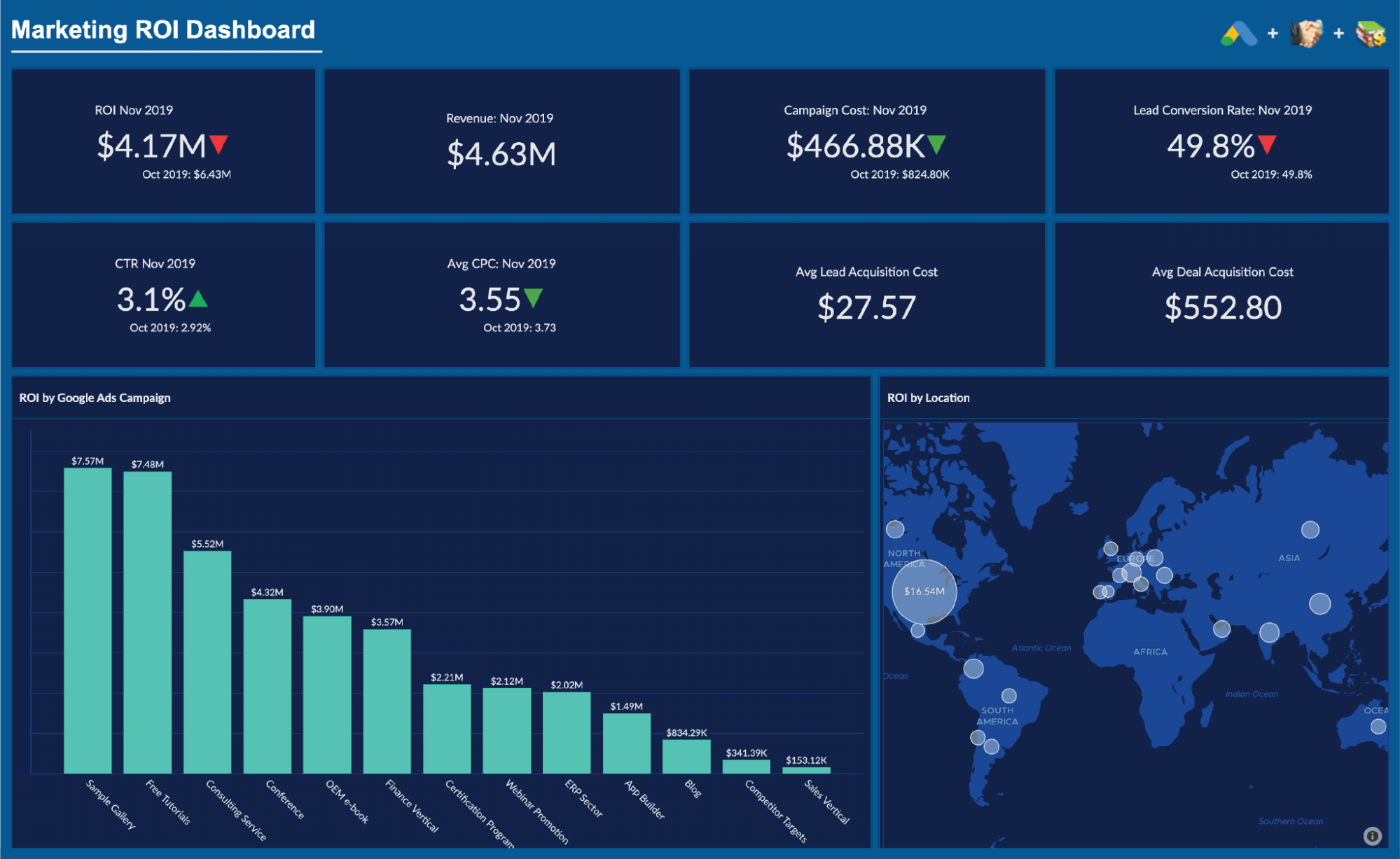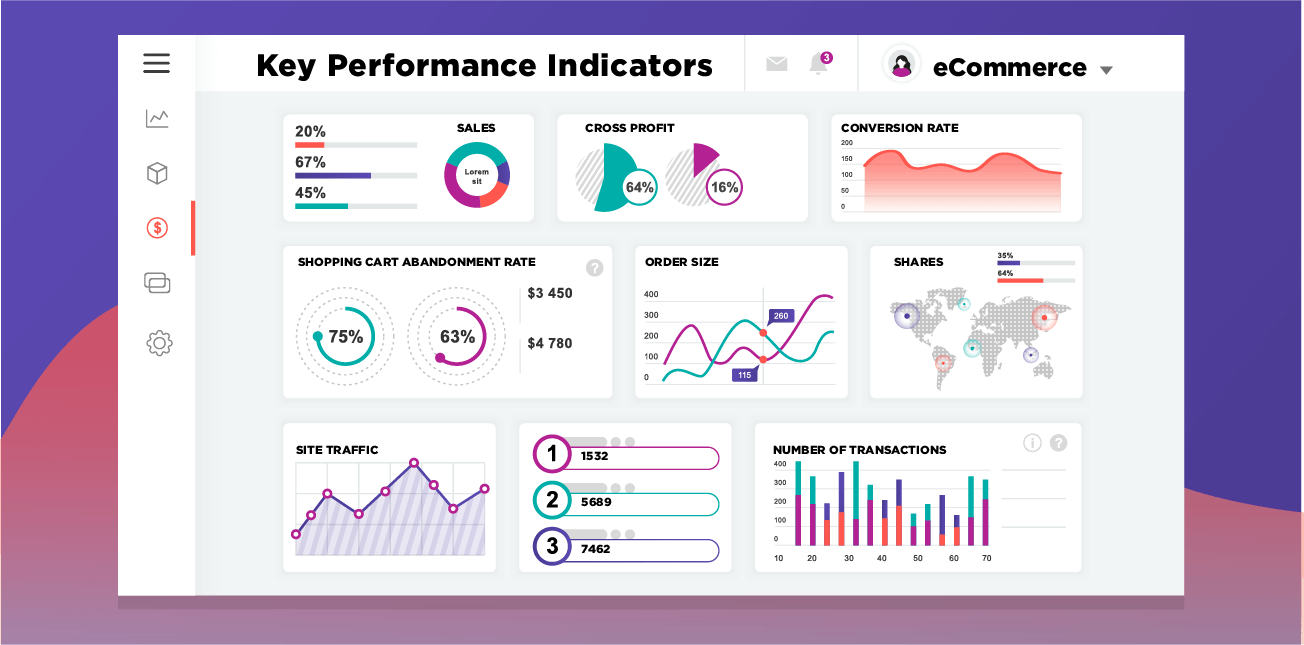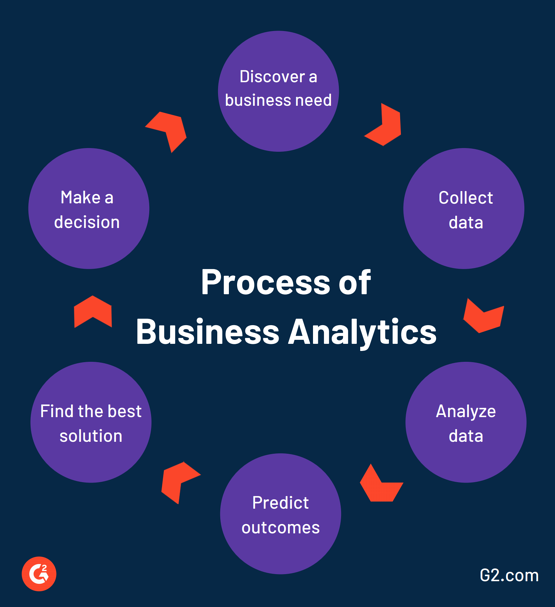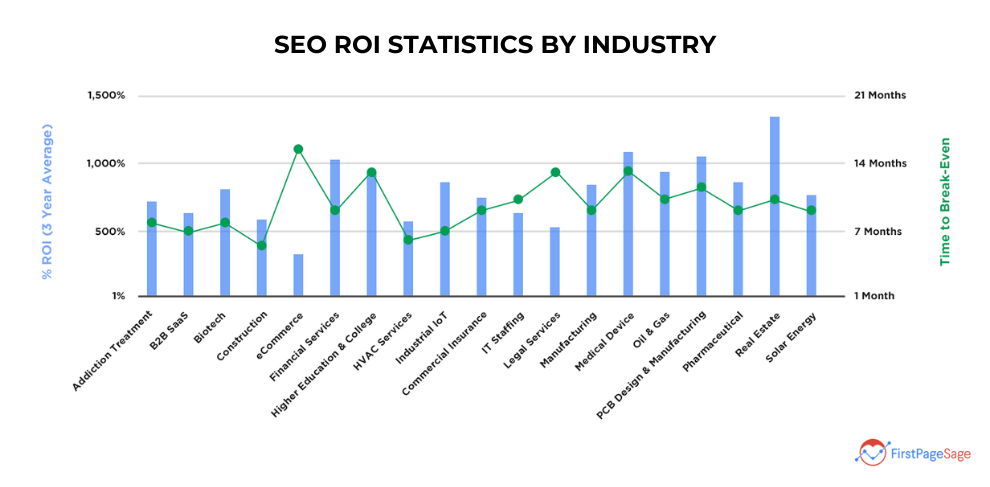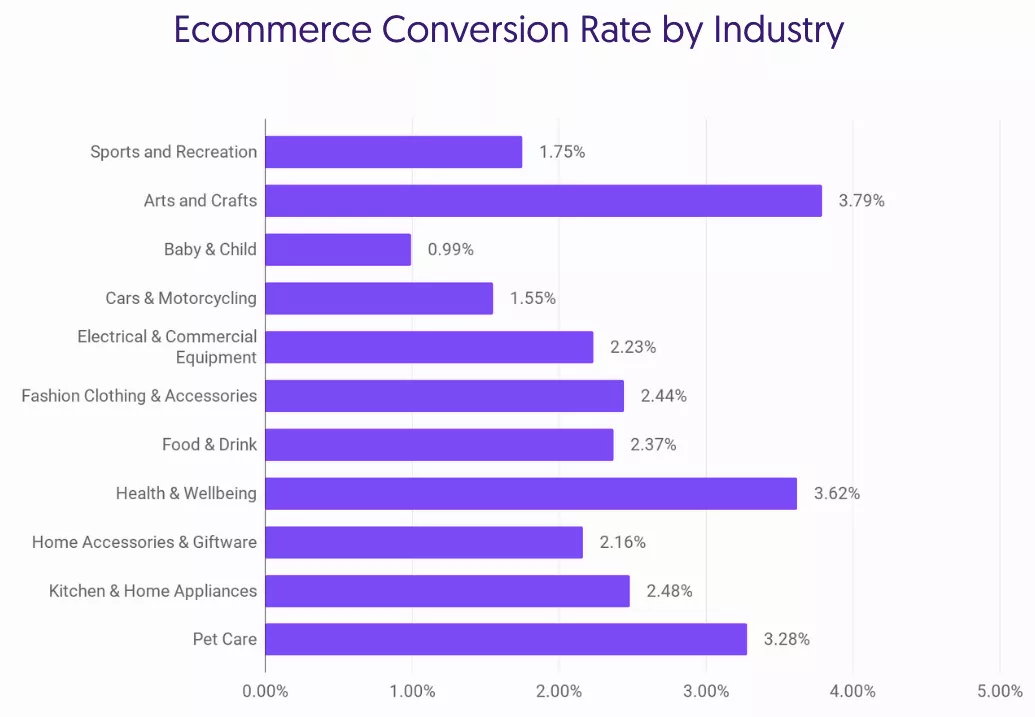Image Source
Unqualified traffic is attracted by poor content marketing strategies such as baiting your readers with irrelevant keywords. Channeling your marketing efforts towards qualified traffic will have an incredibly positive impact on your ecommerce ROI.
So, remember, rather than focusing on everyone in your industry, hone in on your specific target market.
3. Long-tail keywords
Securing a ranking for high-value keywords can be difficult due to the competitiveness of the ecommerce industry. This is why it can be useful to incorporate long-tail keywords into your SEO marketing strategy.
Long-tail keywords are three, four, or more word phrases that are more specific than short-tail keywords.
Although long-tail keywords draw less traffic, they also come with less competition and can help you reach your target audience more efficiently.
For example, the short-tail keyword “men’s shirts” is a vague term that will generate countless results and generate high search volume. However, targeting a long-tail keyword like “red men’s plaid shirts” instead will produce specific results that will draw qualified traffic to your site.
By tailoring your products and marketing to your target buyer across all marketing channels, you can maximize your marketing and SEO ROI and, in turn, your profit margins.
4. Focus on best-selling products
When it comes to improving your ROI, it’s crucial to look at the direction in which your strategy is focused.
It can be easy to spend all your time trying to improve small elements that can always be addressed later. For instance, there’s no point spending all your time trying to improve your cold calling techniques, when you could be researching what our customers’ pain points are.
If your team is spending all its time concentrating on the optimization of all your products, it’s highly likely that you’ll be missing out on significant profit.
Instead, start by focusing only on your best-selling products. This will help you achieve maximum results on a selected amount of products, rather than less significant gains across the board.
Prioritizing your most profitable products, will increase your chances of ranking higher on online searches which will result in an increase in sales. In turn, this will lead to an improved ROI.
This doesn’t mean you need to neglect the rest of your products and/or services that are not within the best-selling bracket. It simply means you need to prioritize your workload in order of importance.
You’ll get to the rest of the products eventually. Not only will this boost your ROI, but it’ll also help with your conversion rate optimization.
5. Website usability
Providing the best service and improving ROI goes beyond your SEO strategy and marketing campaigns. If you’re pulling out all the stops in these areas but are still not seeing the results you want to see, it may be time to focus your attention elsewhere.
It’s clear that providing high-quality customer service should be the main aim of all ecommerce businesses. Besides, it’s been shown that 58% of people will stop buying from a business if they receive poor customer service.











